GPT-4 vs GPT-4o: In-Depth Comparison, Use Cases, and Which One to Choose
AI is evolving at an unprecedented pace, with OpenAI leading the charge through the release of its models. The development of GPT-4, followed by the more advanced GPT-4o, marks a significant leap forward in how AI can process and interpret data. The growth of these models is so rapid that their development has been described as evolving 15 times faster than Moore’s Law. However, with this rapid advancement comes confusion, especially for developers and businesses who are uncertain about upgrading from GPT-4 to GPT-4o.
This guide compares GPT-4 vs GPT-4o, providing an in-depth look at their architectures, performance, pricing, and real-world applications. By the end, you’ll know whether upgrading to GPT-4o is worth the cost or if staying with GPT-4 is still the best choice for your needs. We will cover five key factors that will help you make this decision: multimodal capabilities, speed, accuracy, cost, and accessibility.
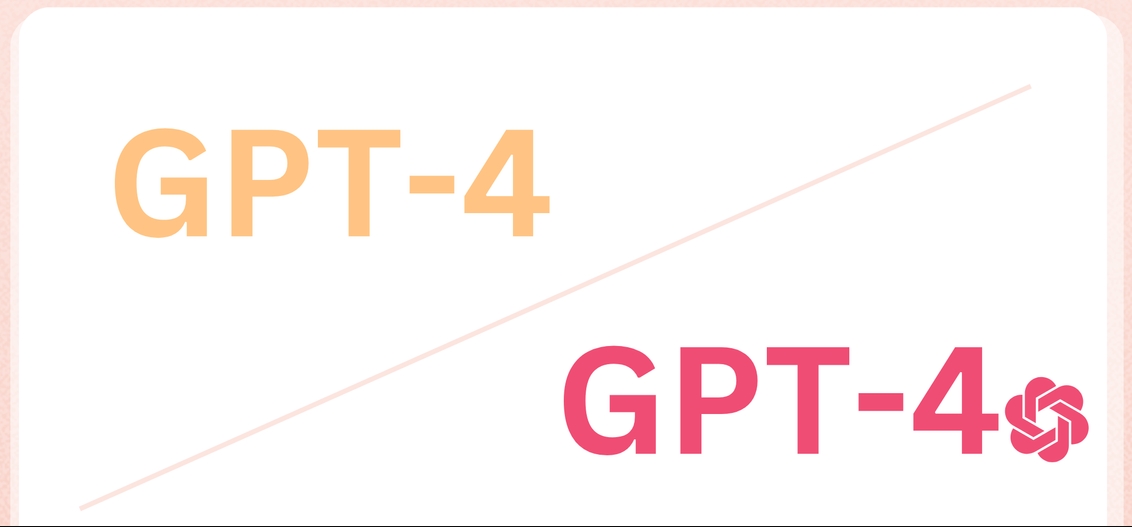
1. Understanding GPT-4 and GPT-4o
1.1 What is GPT-4?
Released in March 2023, GPT-4 is an advanced text-based AI model with an impressive 1.7 trillion parameters (rumored). It marked a significant improvement over GPT-3 in terms of text generation quality and fluency. However, GPT-4 was primarily designed for text-focused tasks, with limited support for other modalities like images or audio. For multimodal capabilities, separate models like DALL-E for images and Whisper for speech were required.
Key features of GPT-4 include:
- Token Context: Ranges from 8,000 to 32,000 tokens, providing a wider range for processing larger inputs.
- Performance: GPT-4 outperforms its predecessors in generating coherent and human-like text but remains constrained to text-related applications.
- Availability: Available through API access with paid subscription tiers.
1.2 What is GPT-4o?
The "o" in GPT-4o stands for Omni, signaling its multimodal nature. Unlike GPT-4, GPT-4o integrates text, image, audio, and video processing into a single unified model, offering groundbreaking capabilities. This means GPT-4o can analyze, generate, and interact with different types of data in a much more seamless and efficient way than GPT-4.
Key Improvements in GPT-4o:
- Dynamic Token Routing: GPT-4o’s architecture includes dynamic token routing, enabling 30% faster inference than GPT-4, making it ideal for real-time applications.
- Reduction in Hallucinations: GPT-4o shows a 50% reduction in hallucination rates compared to GPT-4, ensuring more accurate and reliable responses.
- Real-Time Translation: GPT-4o also integrates real-time translation capabilities, making it ideal for cross-lingual communication and global applications.
2. GPT-4 vs GPT-4o: Key Differences
2.1 Speed & Efficiency
When comparing the speed and efficiency of both models, GPT-4o stands out as a clear winner.
|
Metric |
GPT-4 |
GPT-4o |
|
Tokens/sec |
2,500 |
3,800 (+52%) |
|
Latency (avg) |
420ms |
290ms |
|
Energy Consumption |
100% |
78% |
This increased speed is not just theoretical; it translates to real-world savings. For instance, a SaaS company was able to reduce API costs by 37% after switching to GPT-4o, thanks to its faster processing and lower energy consumption.
2.2 Multimodal Capabilities
One of the most significant upgrades with GPT-4o is its multimodal capabilities. While GPT-4 was primarily limited to text, GPT-4o integrates multiple modalities, including text, image, audio, and video, into a single cohesive model. This unification simplifies AI implementation for developers who previously had to rely on several different models for different tasks.
For example, GPT-4o excels in video summarization, achieving 93% accuracy in summarizing a video compared to GPT-4’s 67%. This ability to process and summarize videos has vast applications in fields like media, content creation, and education. GPT-4o can also combine MRI scans with patient history to make medical diagnoses, demonstrating its potential to revolutionize industries that rely on data integration.
2.3 Accuracy & Safety
Another major advancement in GPT-4o is its accuracy and safety features. OpenAI has worked hard to reduce the incidence of hallucinations, where AI models generate incorrect or misleading information. GPT-4o boasts a 50% reduction in hallucination rates compared to GPT-4, significantly improving trustworthiness.
Additionally, GPT-4o shows a 5% improvement in factual accuracy, jumping from 89% to 94% on the TruthfulQA benchmark. OpenAI has also made strides in bias mitigation, with GPT-4o showing a 40% reduction in politically biased outputs compared to GPT-4.
3. Practical Use Cases: Should You Upgrade?
3.1 When to Stick with GPT-4
While GPT-4o is undoubtedly more advanced, there are still scenarios where sticking with GPT-4 may be a better choice. Here are some cases where GPT-4 remains a solid option:
- Text-Only Applications: If your tasks involve only text-based data (e.g., legal document analysis, financial reporting), GPT-4 is likely more than sufficient.
- Budget Constraints: GPT-4 offers a lower-cost option compared to GPT-4o. The API costs are $0.03 per 1,000 tokens compared to $0.045 per 1,000 tokens for GPT-4o, which can add up for businesses on a tight budget.
- Legacy System Integrations: For companies that have already integrated GPT-4 into their workflow, the transition to GPT-4o might require significant changes to existing infrastructure.
3.2 When to Upgrade to GPT-4o
However, GPT-4o is the clear choice if you are working on real-time applications or require multimodal AI capabilities. Here are scenarios where upgrading to GPT-4o makes sense:
- Real-Time Applications: Customer service bots that process both text and voice, or real-time language translation, would benefit from GPT-4o’s speed and multimodal abilities.
- Creative Industries: For industries like video scriptwriting, content creation, and storyboard generation, GPT-4o’s ability to work with images and videos makes it an invaluable tool.
- Cross-Modal Research: Researchers working in fields like climate modeling or medical diagnostics can leverage GPT-4o’s ability to analyze data from multiple modalities simultaneously.
4. Cost & ROI Analysis
4.1 Pricing Comparison
While GPT-4o offers better performance, it also comes at a higher price. Here’s a comparison of the pricing plans:
|
Plan |
GPT-4 (Monthly) |
GPT-4o (Monthly) |
|
Free Tier |
Not Available |
Limited Access |
|
Developer |
$20 + usage fees |
$30 + usage fees |
|
Enterprise |
Custom Pricing |
+15% additional cost |
For smaller businesses or developers with tight budgets, GPT-4’s pricing may still be the more economical choice.
4.2 Is GPT-4o Worth the Cost?
While GPT-4o is more expensive, the enhanced features can lead to significant cost savings in the long run. For example, with faster processing speeds, lower energy consumption, and reduced API usage, many businesses have seen a return on investment in the form of increased productivity and reduced operational costs.
A simple ROI formula can be used to estimate savings:
Annual Savings = (Current GPT-4 Cost) - [(GPT-4o Cost) + (Efficiency Gains)]
5. Future Outlook & Limitations
5.1 Short-Term Challenges
Despite its advantages, GPT-4o is not without limitations. For instance, it is not yet available in 30+ countries and may face accessibility issues in certain regions. Additionally, while the model is highly advanced, integrating its multimodal capabilities could pose a steep learning curve for developers.
5.2 What’s Next for GPT-4o?
Looking ahead, GPT-4o is expected to power 40% of enterprise AI tools by the third quarter of 2024, according to Gartner. As technology continues to improve, expect price reductions after the release of GPT-5, making these advanced capabilities even more accessible.
6. FAQ
- Q: Is GPT-4o replacing GPT-4?
A: Not immediately. OpenAI will continue to support both GPT-4 and GPT-4o until 2025, allowing businesses to transition at their own pace.
- Q: Does GPT-4o require special hardware?
A: Yes, to deploy GPT-4o locally, specialized TensorRT-LLM optimization is required for better performance.
- Q: Can GPT-4o generate videos?
A: While GPT-4o can analyze and summarize videos, it does not have full video generation capabilities like other models.
Conclusion
In conclusion, GPT-4o represents a significant step forward in the evolution of AI models, offering faster processing, multimodal capabilities, and improved accuracy. If your work involves complex, real-time tasks or requires multimodal data processing, GPT-4o is the clear winner. However, for text-based tasks and budget-conscious users, GPT-4 remains a powerful option. With ongoing advancements and price reductions on the horizon, GPT-4o is likely to become the standard in enterprise AI tools.
Decision Checklist:
- Need multimodal capabilities? → GPT-4o
- Working within a budget? → GPT-4
- Building future-proof apps? → GPT-4o
Early adopters of GPT-4o have reported productivity boosts of 20% or more, making it a valuable tool for forward-thinking businesses.


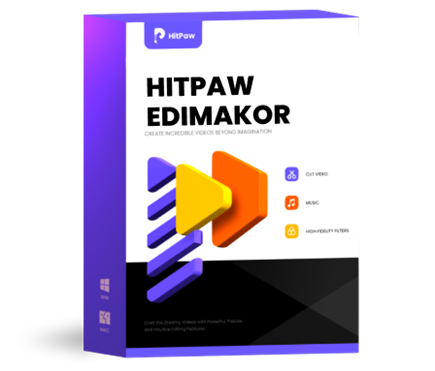 HitPaw Edimakor
HitPaw Edimakor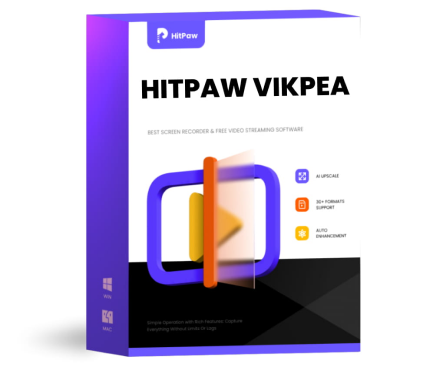 HitPaw VikPea (Video Enhancer)
HitPaw VikPea (Video Enhancer)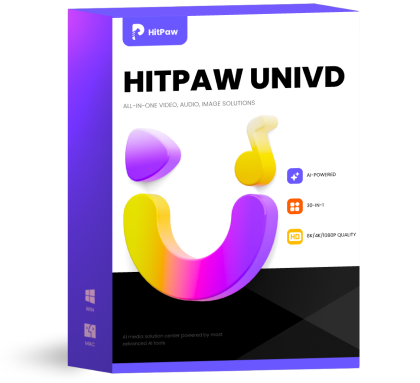 HitPaw Univd (Video Converter)
HitPaw Univd (Video Converter) 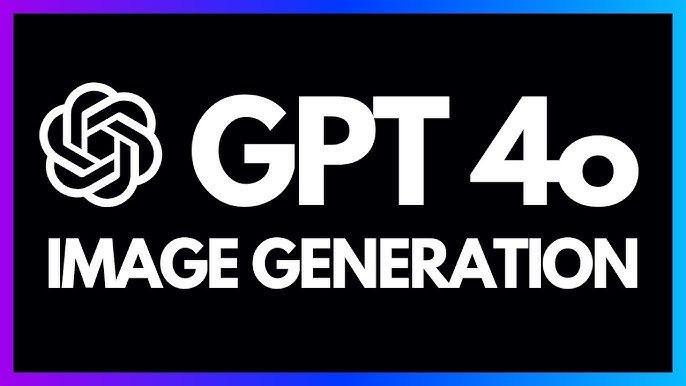
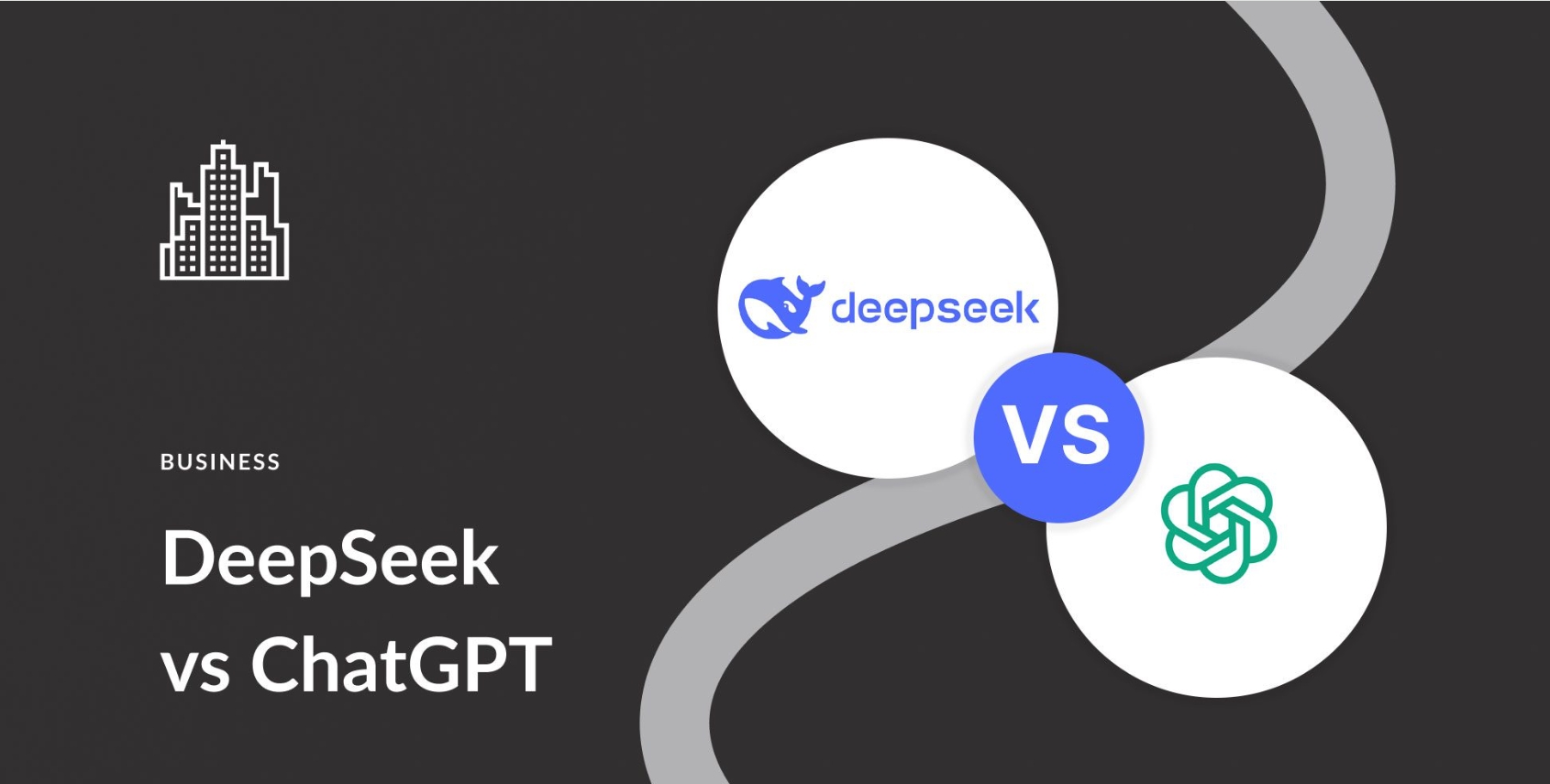


Share this article:
Select the product rating:
Daniel Walker
Editor-in-Chief
My passion lies in bridging the gap between cutting-edge technology and everyday creativity. With years of hands-on experience, I create content that not only informs but inspires our audience to embrace digital tools confidently.
View all ArticlesLeave a Comment
Create your review for HitPaw articles